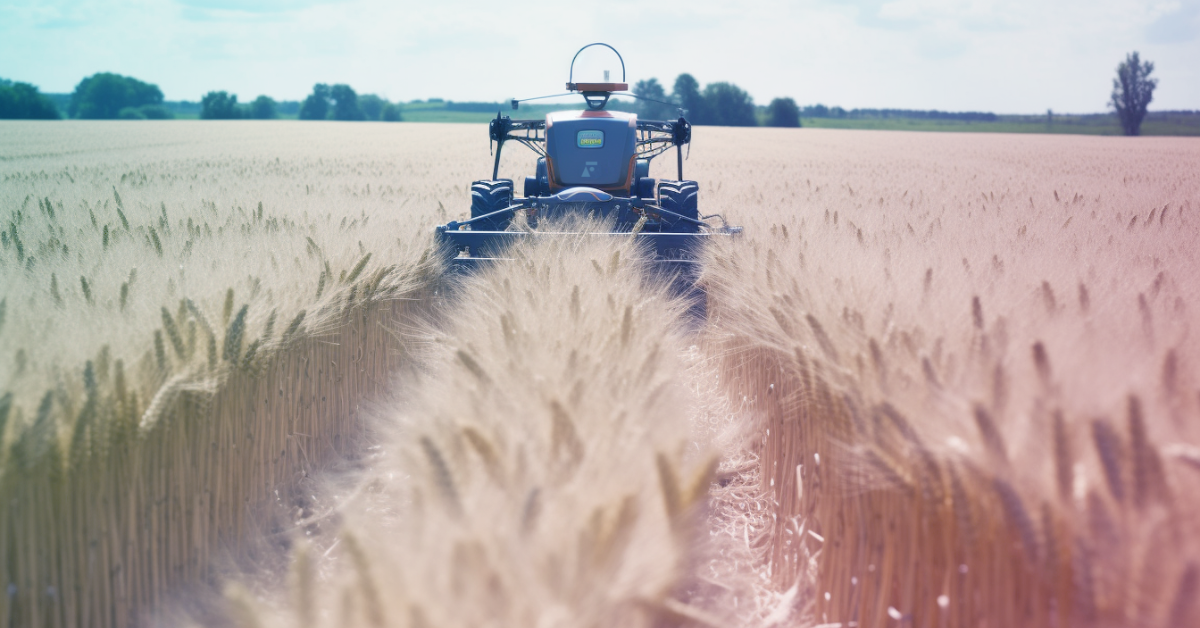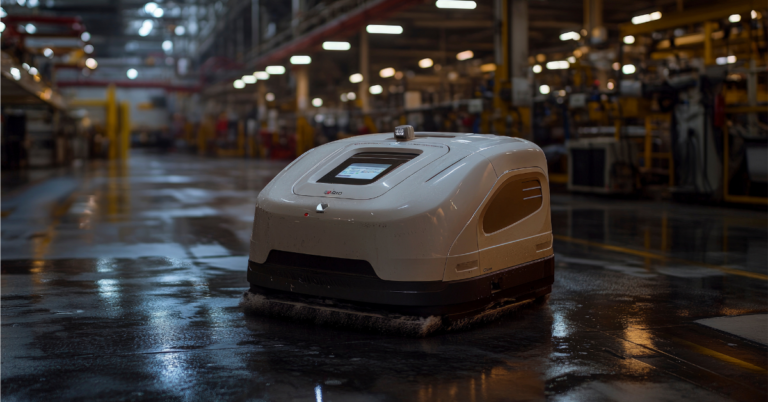When the task at hand is to help feed the world, it’s vital that farms all over the world operate as efficiently as possible. However, in robotic farming, a smooth deployment isn’t guaranteed and can throw quite a few curveballs at robots in the field.
Agriculture environments are a well-known application for robots, but as an industry that is still adjusting to automation, there can be a gap in expectations between the vendor and stakeholders. With the deployment of automation comes the idea that operations will immediately become more efficient. Although this is true, there are plenty of hiccups, especially in the first year as the customer and team adjust to robots, that stakeholders may not have expected.
So how can vendors properly prepare their customers for a realistic deployment? We collaborated with PickNik Robotics’ team- who has experience in providing robotic solutions for a number of different industries in the agriculture vertical – to bring you expert advice. Let’s dive in to learn how you set up a realistic game plan for the first year.
Show rather than tell
First, it’s vital to have a picture of all involved in the purchase or rental of an agriculture robot, as each stakeholder needs expectations set, and it’s not as clear-cut as simply vendor-to-farmer.
Stakeholders exist throughout the entire chain of deployment- from the farmer implementing the automation on their farm to staff who will be working alongside the robot in the field, just to name a few. It’s very normal to experience some skepticism from stakeholders, especially from staff who haven’t previously worked alongside robots. In these cases, communicating the value a robot will add and its efficacy needs to go beyond verbal assurance; visuals and interactions are the best way to showcase its abilities.
Be prepared to meet any hesitation with demonstrable proof in a controlled, low-risk environment. This works two-fold: stakeholders are better able to grasp the performance of the robot and discuss any potential areas for issues after implementation.
Integration and connectivity
Farms are not the most optimal environments for favorable connectivity. It’s likely many adopters are aware of this issue, however, it’s vital to emphasize that there will need to be some experimentation with connectivity solutions to find the best one that works for their farm. There is no one-size-fits-all approach; while one farm may have a small enough size for Wi-Fi to reach, a combination of Wi-Fi with fiber connections, LTE, or a solution like Starlink may be needed at others. Again, patience is key- and worth it to find strong, reliable connectivity solutions that won’t experience too many outages in the future.
Any farm will also have existing systems in place to help with their operations in which automation will need to be integrated. While systems will vary greatly from one customer to the next, creating a plan for integration should be a top priority and thoroughly tested to be sure the robot won’t disrupt existing systems, and vice versa.
Before any robotic farming deployment, there should be significant remote testing conducted- and time should be carved out for such work.
It’s tempting to be excited and simply test within the new environment, but there’s no substitute for the peace of mind that comes with reliable systems. Although this won’t make any robot infallible, it does help to establish baseline confidence in the robot’s ability to perform and predict potential issues.
Be realistic and flexible in onboarding
Especially for early robotics companies, it’s important to make all aware that robots won’t work perfectly from the start- experimentation and multiple iterations should be expected to ensure the robot can successfully perform its assigned task.
Emphasizing patience is key. In robotic farming, most robots must perform their task with a high level of sensitivity, especially when dealing with delicate produce or livestock. For example, if the robot is tasked with picking fruit, the farmer needs to be sure the robot can not only determine which fruits are ripe enough to be picked but also remove them from the plant without damaging it. This way, it ensures a consumer in a grocery store wouldn’t be able to tell the difference between human and robot handling.
Of course, robots aren’t the only ones working on the farm; staff will be incredibly impacted by the adoption of automation and deserve a set of expectations for the robots around them, also. Adjusting to a robot counterpart won’t be instant for any employee, so farmers should expect for themselves and additional staff to receive the appropriate training. Even with training, it’s important to emphasize that training is just a jumping-off point for understanding how to work with robots. It will take time to truly understand the best way of working new automation into their daily work routine and should give themselves the space to adjust.
Have support on hand
Along with adjustment often comes the need for ongoing support for customers. This may seem obvious as most vendors offer some level of support, but the first few months in the field are often the most crucial to stand by for any situations or staff that reach out.
What truly makes the difference is not only having the support but designating either a certain role or team as a touchpoint for customer teams throughout the process. This helps to mitigate any feelings farmers may have of being bothersome with questions and issues as they integrate robots into their existing systems.
Creating a playbook for customers can also provide additional support and context for new adopters. Having a step-by-step process for various troubleshooting issues serves as a great reference when in-person vendor support may not be necessary.
There’s no standard approach to a robotic farming deployment, as challenges will vary from customer to customer. However, using the practices mentioned above to guide expectations for new adopters can help ease some of the uncertainty during onboarding and into the first year.



